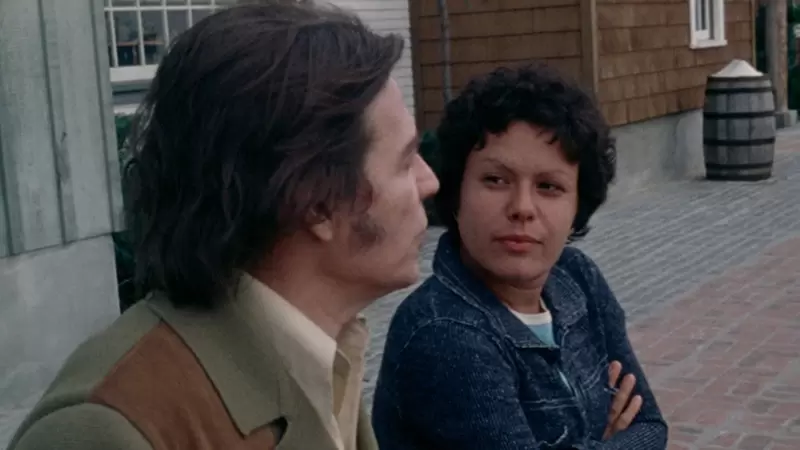|
Review by Daniel Lima In 1974, Brazilian music stars Elis Regina and Antonio Carlos Jobim recorded a collaborative album that became one of the most celebrated bossa nova albums of all time. Those recording sessions in a Los Angeles studio were captured on 16mm film. Nearly fifty years later, the documentary Elis & Tom combines that footage and interviews with the people who knew the two artists in an attempt to give a comprehensive view of the making of a seminal work of art. In spite of all the effort that went into restoring that footage and gathering those testimonials, however, the film fails to establish a reason for the exercise. The talking heads range from the musicians who worked on the album, to business managers, to the children of Regina and Jobim. They go over not only what actually happened during the weeks of recording, but the pair’s personal histories, the differences between their musical styles, and where Brazilian culture was at the time. These segments are slickly produced, and sometimes do help to contextualize the footage of the actual recording sessions. That said, they more often than not only serve to reiterate what is seen playing out in the studio. A musician will go on for some time about creative tensions at the start of the sessions that made Elis uncomfortable, only for us to actually see her biting her nails while Jobim debates whether to change some lyrics. Did the footage not make how she felt clear enough? That so many figures attempt to paint a picture of highly contentious behind-the-scenes drama that the candid recordings seem to immediately refute also points to filmmakers attempting to weave in a narrative to give structure to the material they have, rather than let that material speak for itself. The interviews are most helpful in providing historical context, and here they still come up short. Perhaps a home-grown Brazilian audience is more intimately familiar with granular details like the differences between bossa nova and MPB, or the political situation in Brazil at the time, but less time spent reiterating what’s happening in the restored film and more time spent on that background would have been welcome. One scene in particular underscores with, with Jobim and Regina openly wondering if a certain seemingly innocuous lyric might face censorship. If only the talking head that immediately cut in had talked a bit more about what the lyric meant, and not more on how the two ended up working well together. If this movie has one thing going for it, it’s that the 16mm elements are beautiful. Watching the creative process play out in real time, with people making decisions on how the mix should sound and what instruments to use, is always compelling, but so are the more relaxed moments. Jobim waxing poetic on his influences, Regina dancing and singing exuberantly to her own favorites, watching the two musical giants simply inhabit the space does far more to humanize them than the recollections of other people decades after the fact. Even the B-roll of L.A. at the time, with huge billboards advertising the likes of Johnny Winter and The Exorcist, goes a long way in grounding these sessions in a specific time and place. One can’t help but wonder if the movie would be stronger if it were entirely composed of this restored film.
Perhaps there simply wasn’t enough of it to make a feature-length documentary, which begs the obvious question: why make Elis & Tom in the first place? If you approach this as an informative text, it fails. If you approach is as a fly-on-the-wall portrait of two artists in their prime, it fails. It’s hard not to come away with the sense that it exists simply because these film reels were collecting dust, and someone felt something should be done with them. Unfortunately, that's not enough to justify the final product. Elis & Tom hits theaters September 15. Rating: 2.5/5
0 Comments
Leave a Reply. |
Archives
July 2024
Authors
All
|
|
|
disappointment media
Dedicated to unique and diverse perspectives on cinema! |


